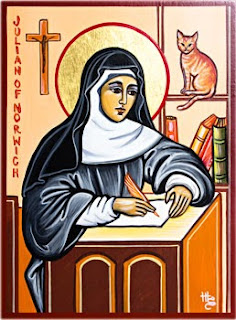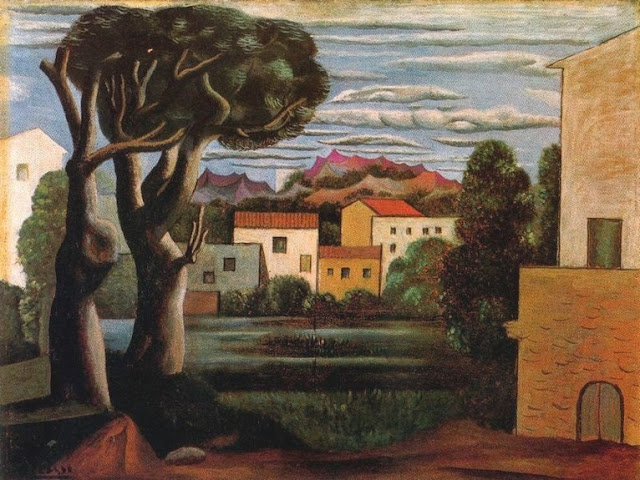 |
| The composer and his cat Foxy |
Please read the section of this article concerning the piece, which begins: "Dona Nobis Pacem, premiered in 1936, opens with a heartrending cry ["give us peace"]. Vaughan Williams’ perspective was no longer bound to the geography of England. His empathy now enfolded a world faced with another war. In setting biblical and poetic text to music, he paid subtle tribute to Verdi’s Requiem, which he admired– for example, the drop of a semitone on the word “dona,” bass drum key-shifts by thirds, and wild brass fanfares. Dona Nobis Pacem also anticipated by 25 years Benjamin Britten’s War Requiem, with its dramatic settings of Latin liturgical text and poetry and its emphasis on reconciliation. Dona Nobis Pacem was performed at countless festivals and concerts in the years leading up to World War II." The author continues with descriptions of the six movements.
A wonderful thing about this cantata is RVW's use to Walt Whitman poems. The composer had used Whitman's poetry in his earlier "Sea Symphony", and now, the texts make for a beautiful piece, both lamenting and hopeful.
Word over all, beautiful as the sky,
Beautiful that war and all its deeds of carnage must in time be utterly lost,
That the hands of the sisters Death and Night incessantly softly wash again
and ever again, this soiled world;
For my enemy is dead, a man divine as myself is dead,
I look where he lies white-faced and still in the coffin - I draw near,
Bend down and touch lightly with my lips the white face in the coffin.
The last sunbeam
Lightly falls from the finished Sabbath,
On the pavement here, and there beyond it is looking
Down a new-made double grave.
Lo, the moon ascending,
Up from the east the silvery round moon,
Beautiful over the house-tops, ghastly, phantom moon,
Immense and silent moon.
I see a sad procession,
And I hear the sound of coming full-keyed bugles,
All the channels of the city streets they’re flooding
As with voices and with tears.
I hear the great drums pounding,
And the small drums steady whirring,
And every blow of the great convulsive drums
Strikes me through and through.
For the son is brought with the father,
In the foremost ranks of the fierce assault they fell,
Two veterans, son and father, dropped together,
And the double grave awaits them.
As that article indicates, the cantata ends with texts of peace from the prophets, psalms, and Gospels.
Here is one of the several good recordings: https://www.youtube.com/watch?v=7BFRn-dqlpY



















